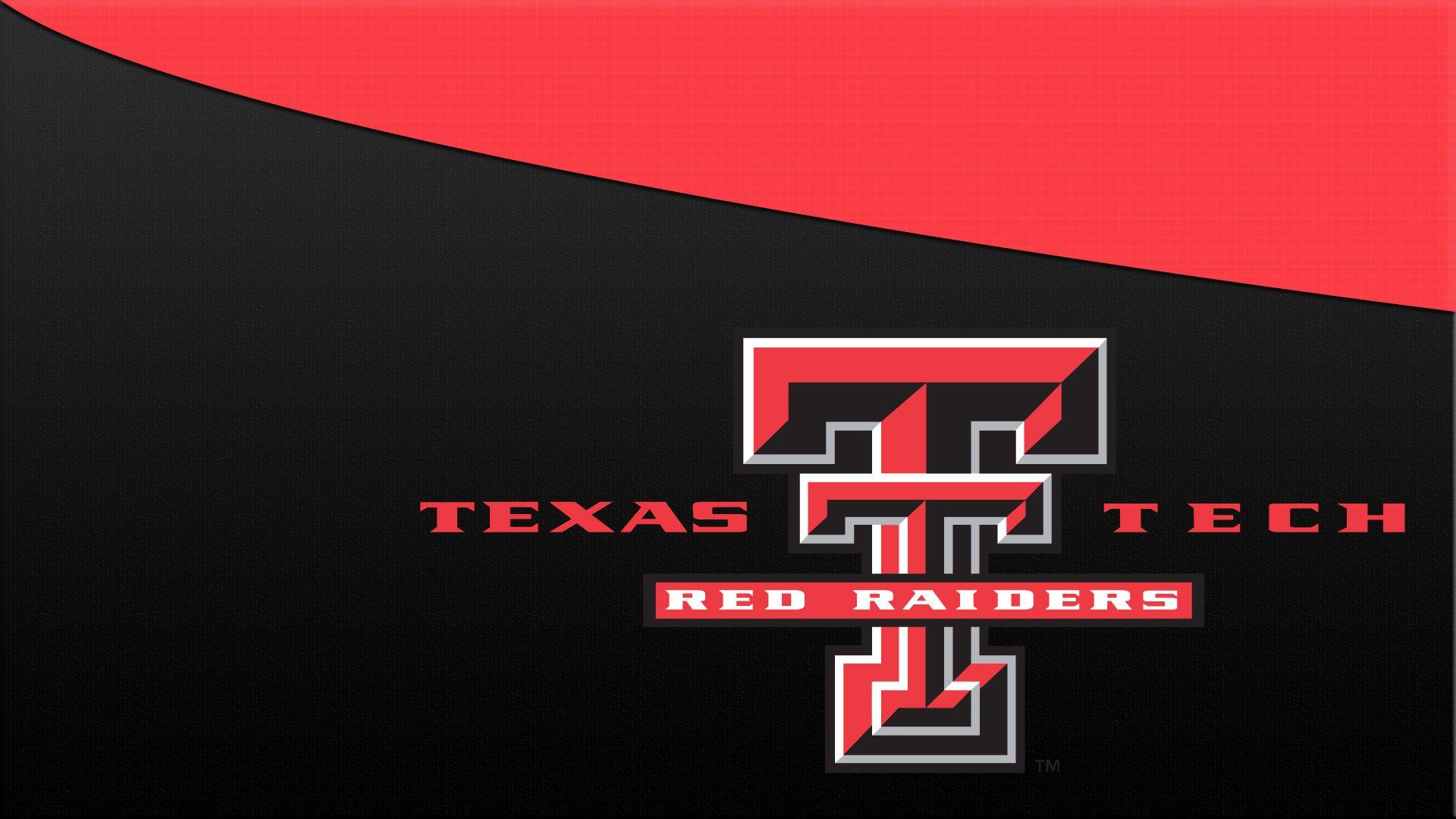Opening the Possible: Radio Frequency Recognition (RFID) and Near Field Interaction (NFC).

In our quickly advancing digital age, technologies like Radio Frequency Identification (RFID) and Near Field Interaction (NFC) are transforming the method we interact with daily things. From contactless payments to stock management, these cordless interaction innovations have discovered their way into various markets, simplifying processes and boosting user experiences. In this article, we will explore the complexities of RFID and NFC, their applications, and the enormous capacity they keep in shaping our future.
I. Understanding RFID: Powering the Connected World.
RFID, a technology that has actually been around for years, utilizes electromagnetic fields to automatically recognize and track things. It consists of two essential parts: RFID tags and RFID readers. The tags, equipped with an unique identifier, can be attached to or embedded within products, while the readers are used to detect and collect info from these tags.
A. Enhanced Stock Management.
RFID has reinvented inventory management across industries. With RFID tags affixed to products or plans, businesses can efficiently track their stock, screen stock levels, and automate the process of reordering. This technology reduces manual work, lessens errors, and enables real-time presence into the supply chain.
B. Effective Property Tracking.
From stores to storage facilities, asset tracking is a vital aspect of efficient operations. RFID makes it possible for companies to track and locate assets in genuine time. By putting RFID tags on assets, such as devices, tools, or lorries, businesses can easily monitor their motion, optimize possession usage, and prevent loss or theft.
C. Streamlined Logistics and Supply Chain.
The logistics and supply chain industry significantly benefits from RFID technology. RFID tags attached to deliveries make it possible for automatic tracking and tracing throughout the entire supply chain. This provides stakeholders with accurate details on the area, status, and condition of items, decreasing delays, enhancing performance, and boosting customer complete satisfaction.
II. Near Field Interaction (NFC): The Power of Distance.
NFC, a subset of RFID technology, makes it possible for interaction between devices within close distance, typically approximately 4 centimeters. With its simpleness and ease of use, NFC has gotten prominence in numerous applications, from mobile payments to gain access to control.
A. Contactless Payments.
Among the most popular applications of NFC is contactless payments. By just tapping their smartphones or cards on NFC-enabled payment terminals, users can make deals promptly and securely. NFC technology makes sure encrypted communication between the payment gadget and the terminal, offering a hassle-free and trustworthy payment experience.
B. Smart Gain Access To and Authentication.
NFC has actually changed gain access to control systems, making conventional secrets and gain access to cards outdated. With NFC-enabled mobile phones or wearables, people can safely access buildings, hotel spaces, or automobiles by just holding their gadget near to an NFC reader. NFC-based authentication approaches improve security, offering a seamless and personalized user experience.
C. Seamless Data Exchange.
NFC makes it possible for effortless data exchange between devices with a simple tap. Users can move files, contacts, or URLs between smart devices or other NFC-enabled devices swiftly. This innovation likewise finds applications in electronic ticketing, making it possible for users to store and confirm tickets for occasions or public transportation.
III. The Future of RFID and NFC: Innovations Ahead.
The capacity of RFID and NFC extends far beyond their existing applications. As these technologies continue to progress, we can anticipate amazing advancements in numerous markets.
A. IoT Integration.
RFID and NFC play important functions in the Web of Things (IoT) environment. By incorporating with IoT gadgets, RFID and NFC can enable seamless information exchange and real-time tracking, boosting automation and effectiveness in clever houses, smart cities, and industrial settings.

B. Healthcare Advancements.
In the health care sector, RFID and NFC have the prospective to simplify patient identification, track medical equipment, and handle medication stock. These innovations can enhance client safety, decrease errors, and enhance health care workflows.
C. Enhanced Consumer Experiences.
RFID and NFC use chances to boost client experiences throughout retail, home entertainment, and hospitality markets. From personalized marketing campaigns to interactive product display screens and contactless customer care, these technologies make it possible for organizations to provide special and interesting experiences to their consumers. You will find expert advice on rfid tags at https://metatec.net/unlocking-the-power-of-rfid-tags-how-this-innovative-technology-is-revolutionizing-the-supply-chain-industry/
Conclusion:.
Radio Frequency Recognition (RFID) and Near Field Communication (NFC) are transformative innovations with a wide range of applications. From inventory management to contactless payments, they have revolutionized markets and improved user experiences. As these innovations continue to advance, their integration with other emerging innovations guarantees an exciting future loaded with developments and possibilities. Welcoming RFID and NFC opens the door to a connected world where benefit, performance, and security assemble.
Read more:
https://www.techopedia.com/definition/24273/radio-frequency-identification-tag-rfid-tag
